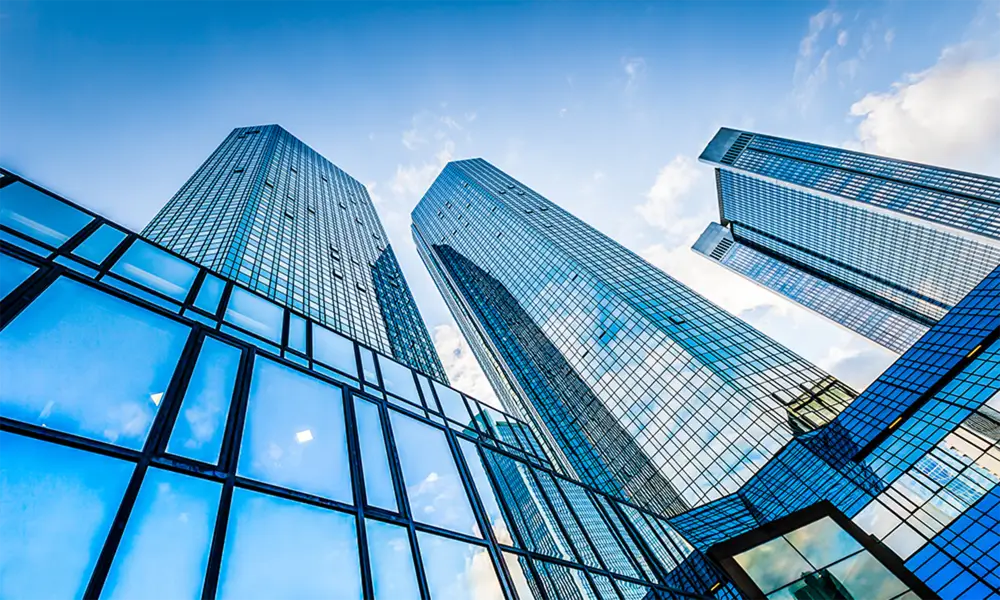

The Allure of Bronze Low E Glass A Modern Architectural Marvel
In recent years, the construction and design industries have seen a significant shift towards sustainable materials that not only enhance aesthetic appeal but also improve energy efficiency. One such material that has garnered attention is bronze low emissivity (Low E) glass. This innovative glazing solution seamlessly blends functionality and beauty, making it an increasingly popular choice for modern architecture.
Understanding Low E Glass
Low E glass is a type of energy-efficient glass that features a thin, transparent coating designed to minimize the amount of infrared and ultraviolet light that passes through it without compromising the amount of visible light. This technology works by reflecting heat back into a space, which can significantly reduce heating and cooling costs. The term bronze refers to the distinct color of the glass, which provides a warm and sophisticated look.
The coating on bronze low E glass serves multiple purposes. Not only does it help maintain a stable indoor temperature, but it also reduces glare and protects interior furnishings from UV damage. This protection is particularly important in buildings with large windows or glass facades, where sunlight can cause fading and deterioration of interior elements over time.
Aesthetic Appeal
From an aesthetic standpoint, bronze low E glass offers a unique combination of style and substance. The warm bronze tint adds depth and richness to any architectural design, making it ideal for both residential and commercial applications. This glass can effortlessly complement traditional and contemporary settings alike. Its reflective properties also create striking visual effects, enhancing the building's overall appearance.
Architects and designers appreciate bronze low E glass not only for its attractive hue but also for its versatility. It can be used in various applications, including windows, curtain walls, and storefronts, adding a high-end look to façades while providing essential energy-saving benefits.

Energy Efficiency and Environmental Impact
As the world becomes more conscious of climate change and sustainability, the demand for energy-efficient building materials continues to rise. Bronze low E glass plays a significant role in minimizing a building's carbon footprint. By reducing the need for artificial heating and cooling, this glass lowers energy consumption, which is crucial in achieving green building certifications like LEED (Leadership in Energy and Environmental Design).
Additionally, using such energy-efficient products can lead to long-term financial savings for building owners. Though the initial investment may be higher than traditional glass options, the reduction in energy bills and the extended lifespan of furnishings and interiors translate into significant savings over time.
Choosing Bronze Low E Glass
When considering bronze low E glass for your project, it's essential to partner with reputable suppliers and manufacturers who understand the specific needs of your design. Factors such as the local climate, building orientation, and desired aesthetics should all be considered when selecting the right glazing solution.
Moreover, advances in glass technology have made it possible to customize the properties of low E glass further, ensuring that it meets the unique demands of different architectural projects. Engaging with professionals who specialize in building envelope solutions will help ensure that you achieve both the visual and functional goals of your design.
Conclusion
In summary, bronze low E glass represents a modern architectural marvel that marries beauty with energy efficiency. As architects and builders strive to create stunning, sustainable spaces, this glazing solution offers the perfect combination of aesthetics, functionality, and environmental consciousness. By integrating bronze low E glass into contemporary designs, we can push the boundaries of architecture while contributing to a more sustainable future. As we embrace this innovative material, we can look forward to a built environment that not only captivates the eye but also respects our planet.